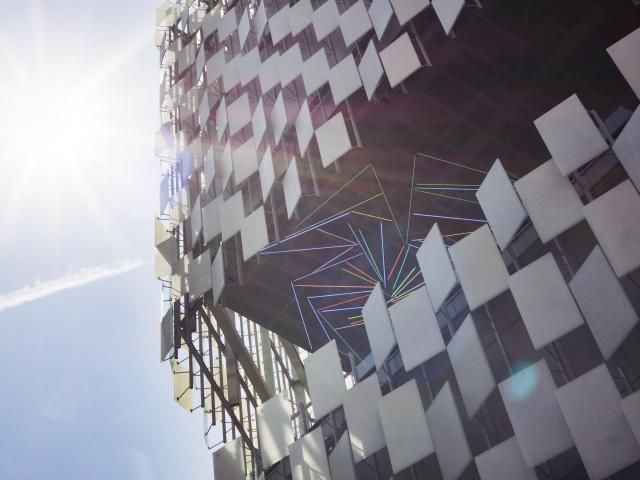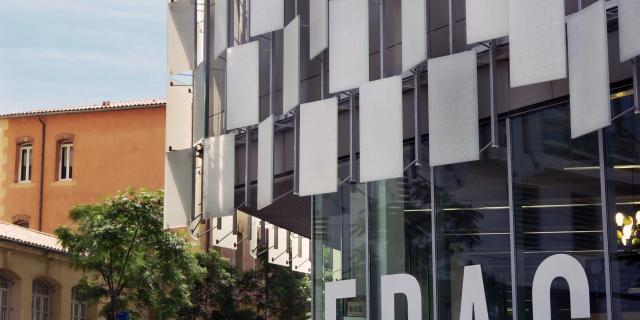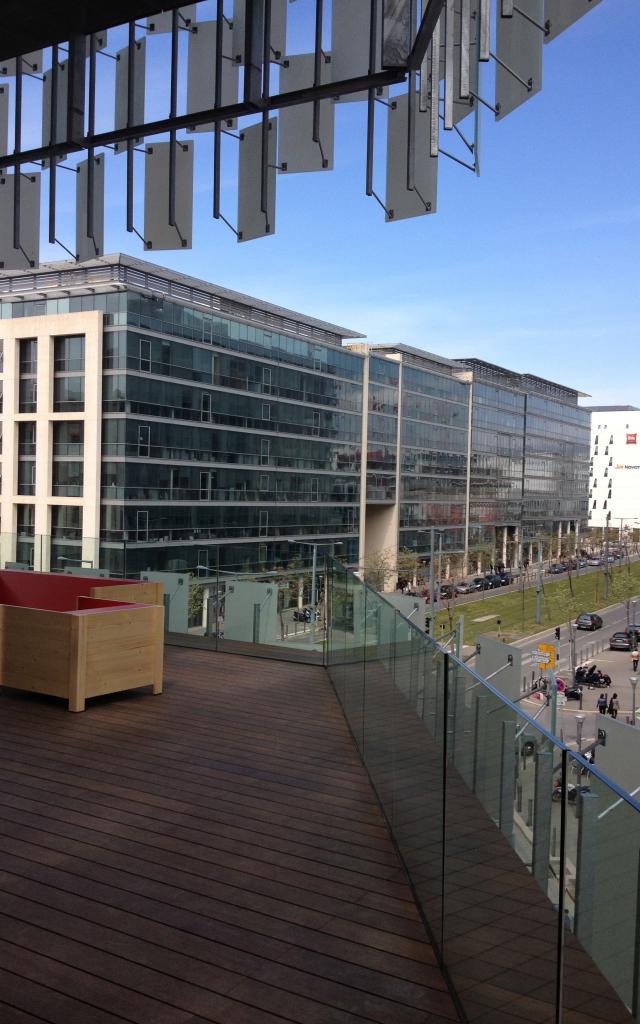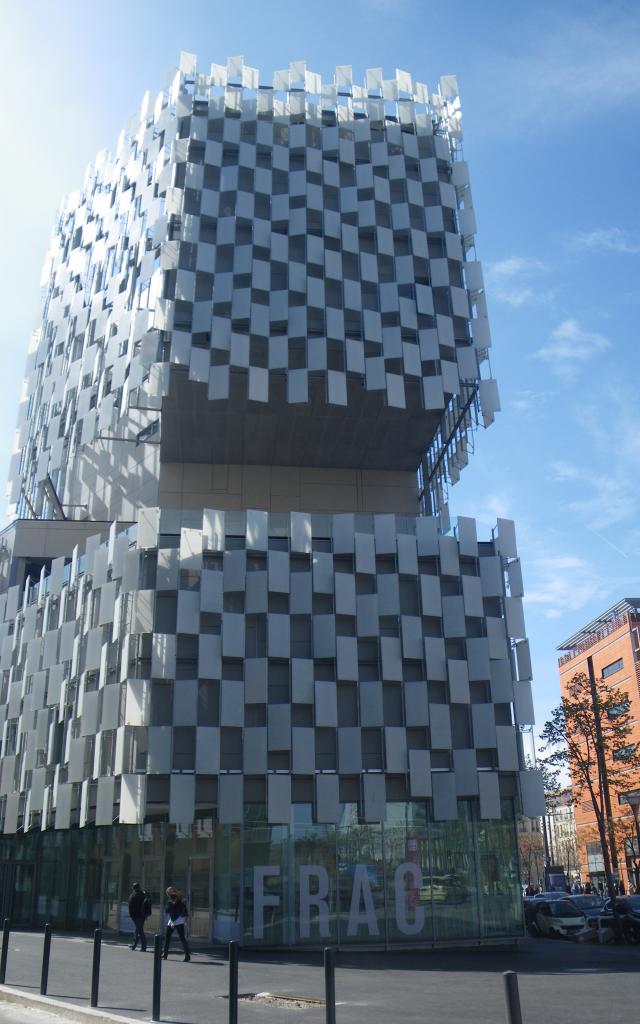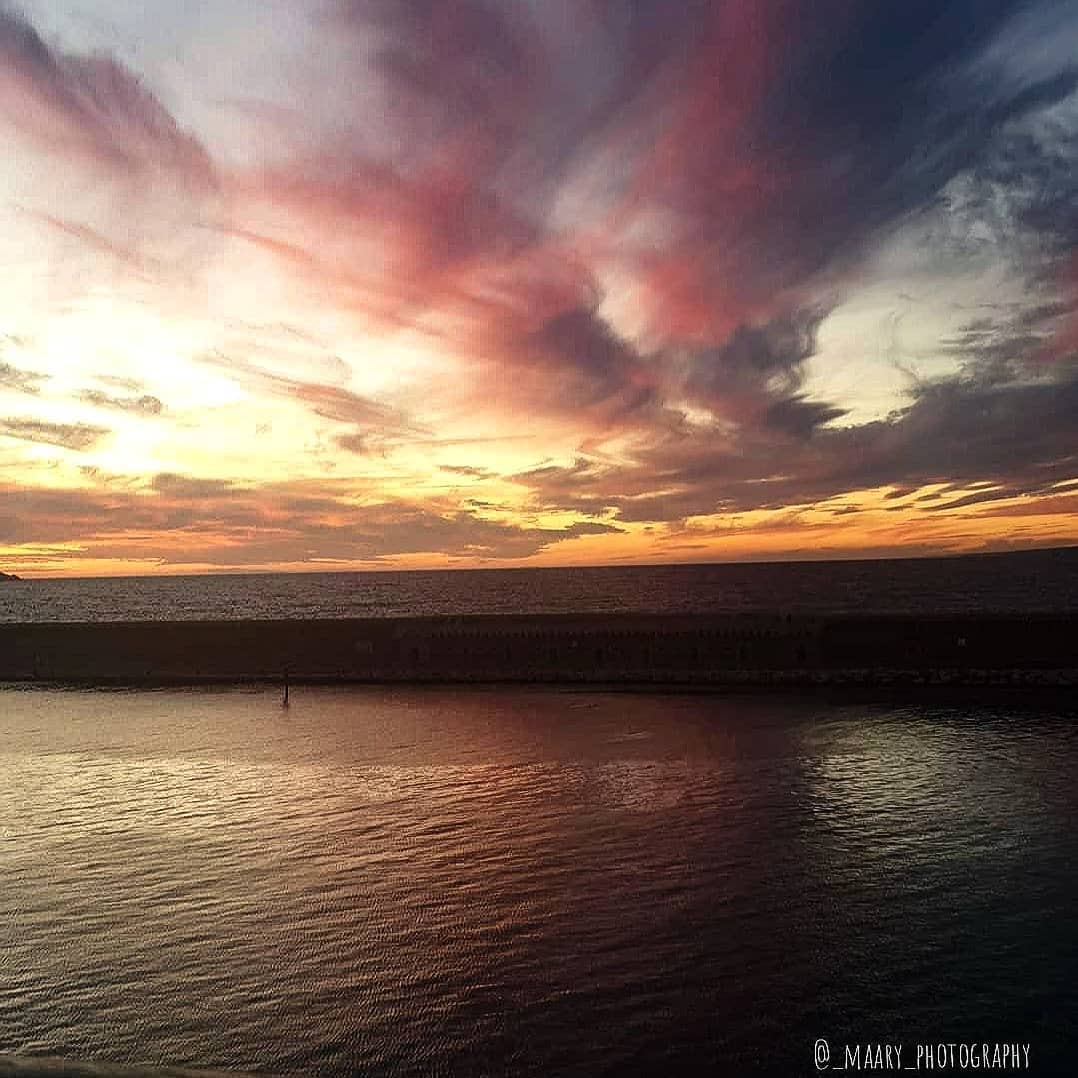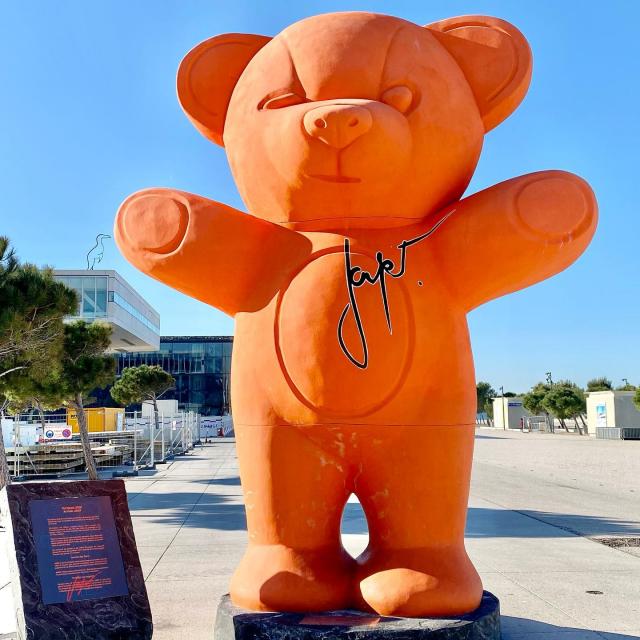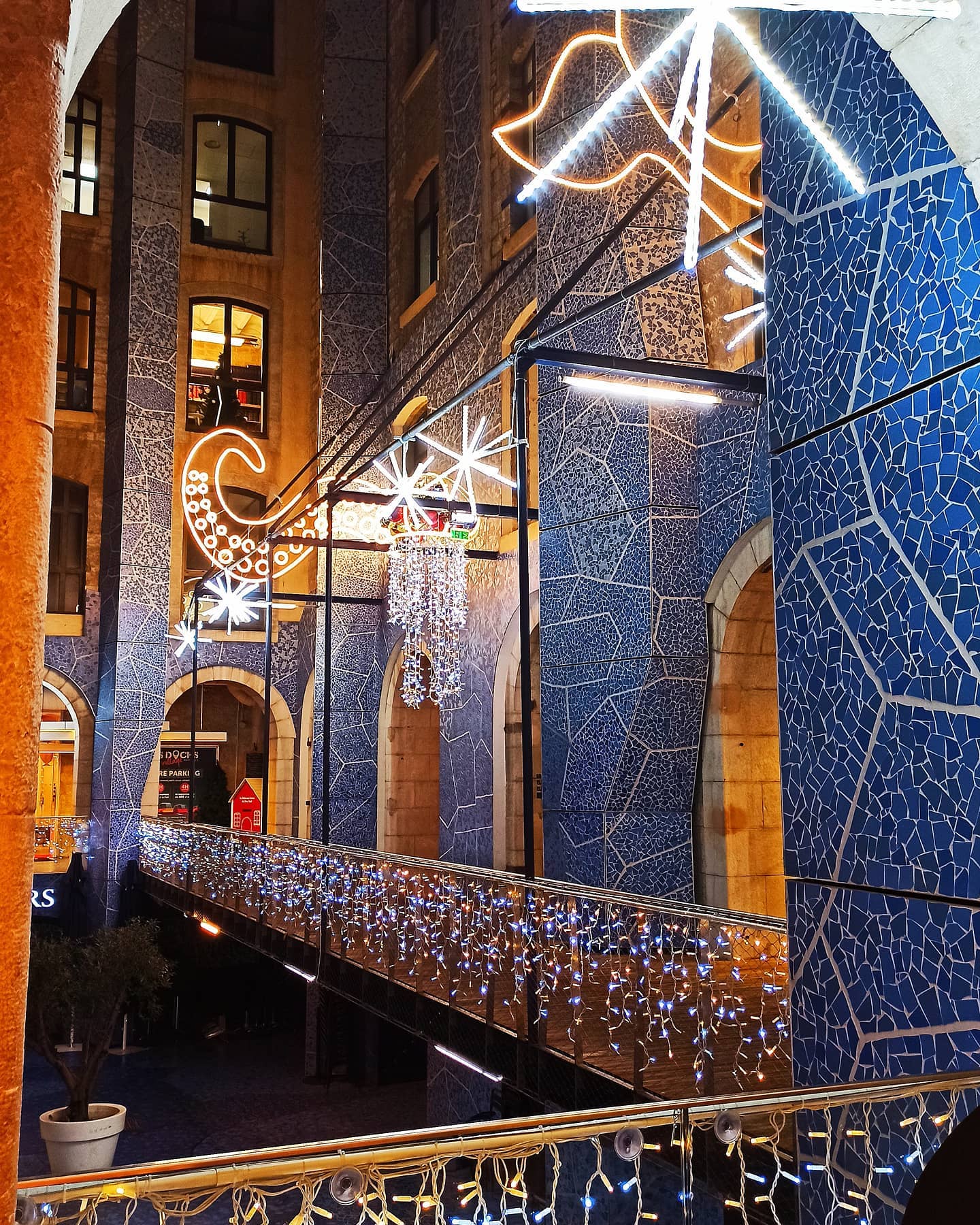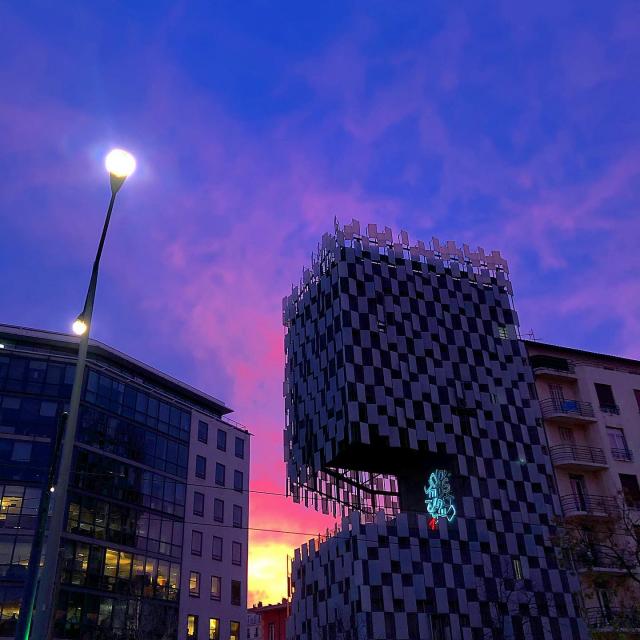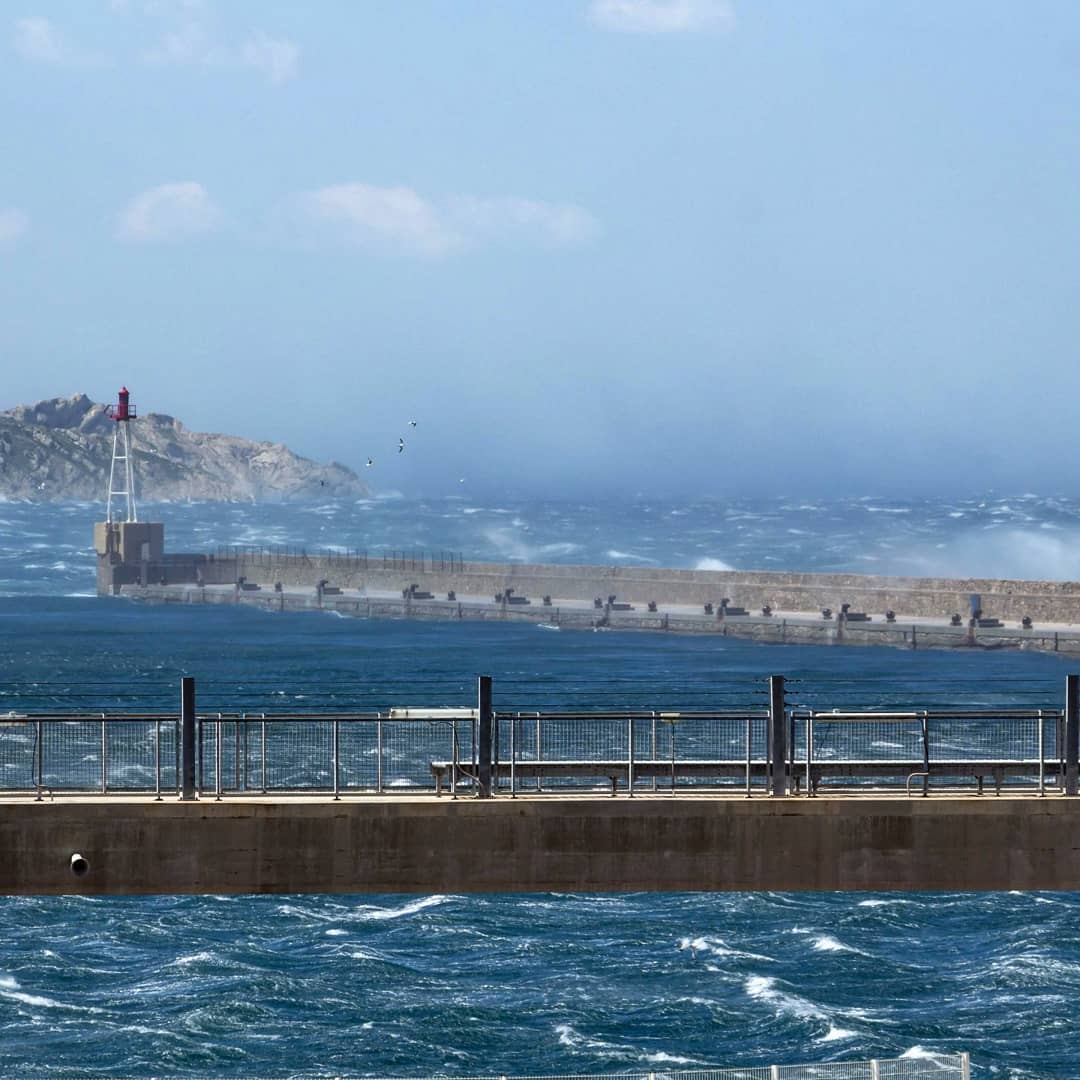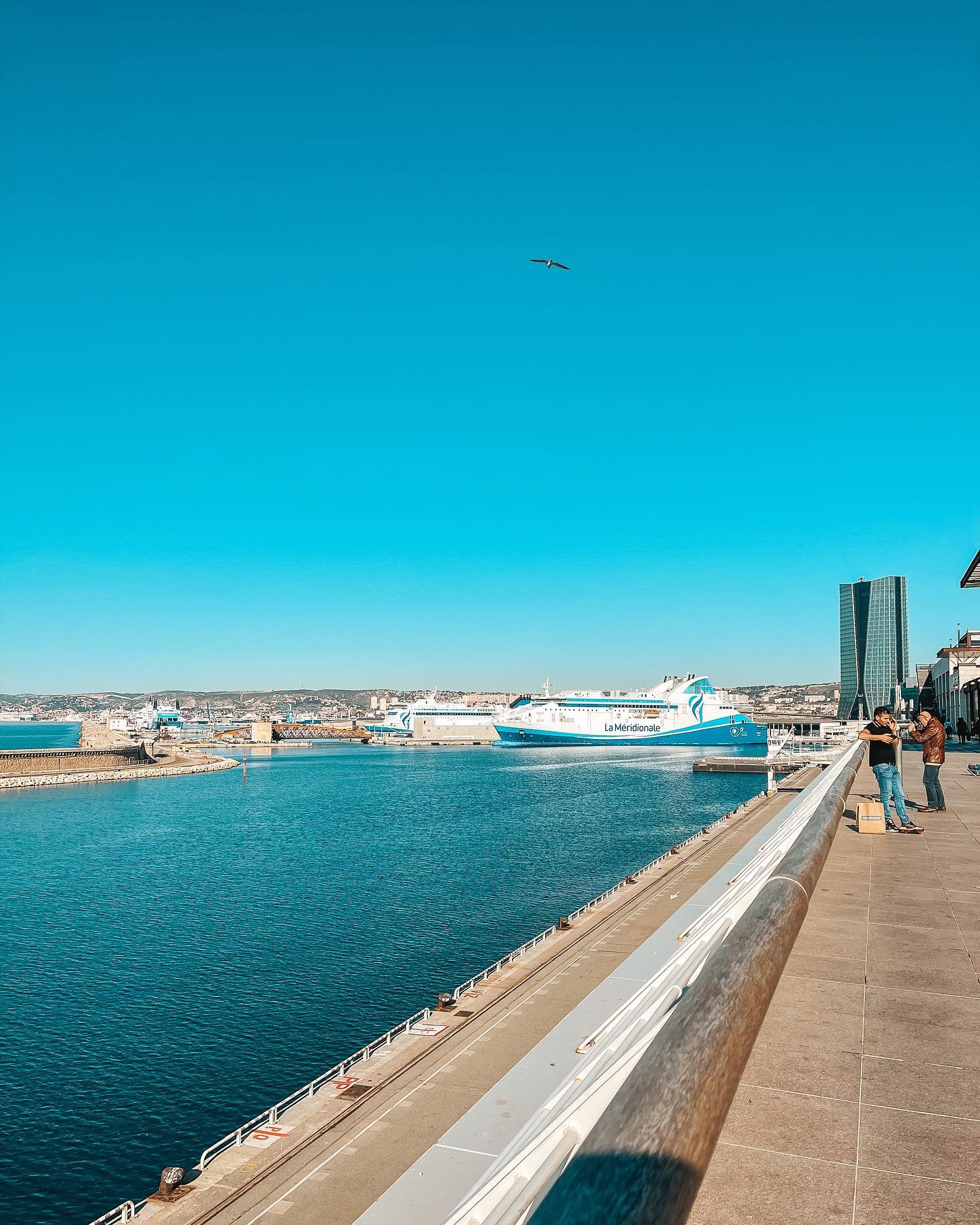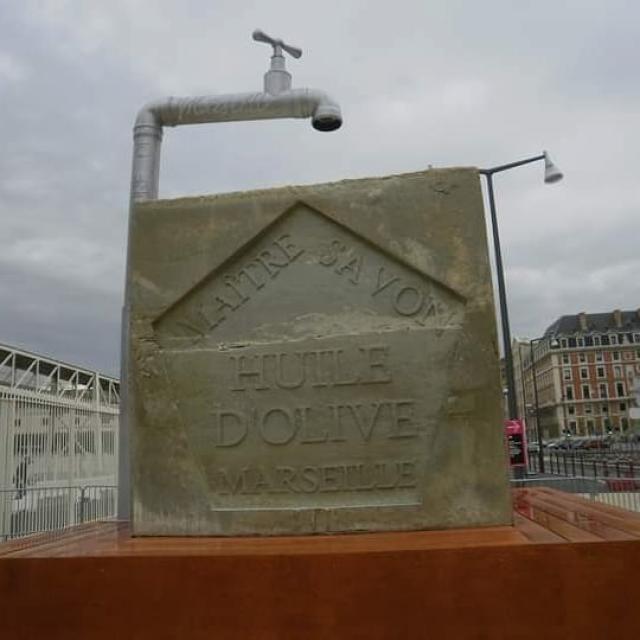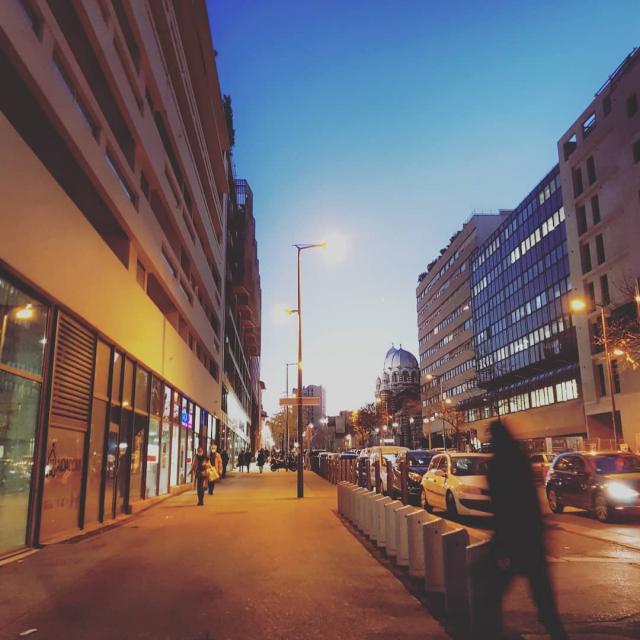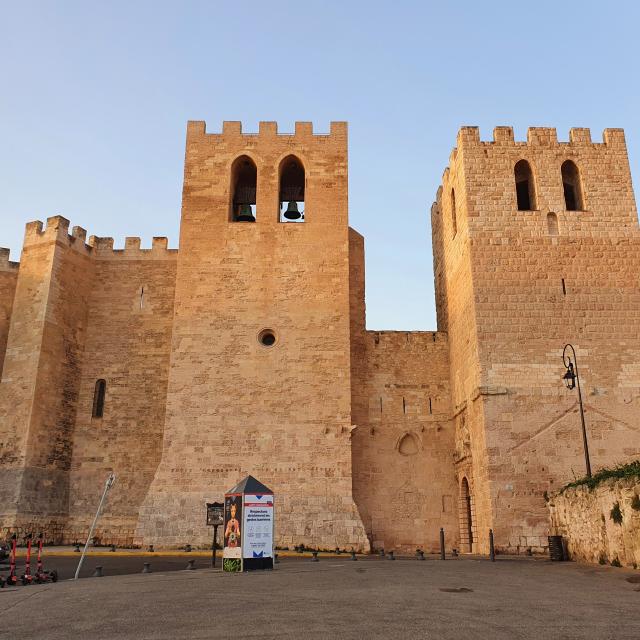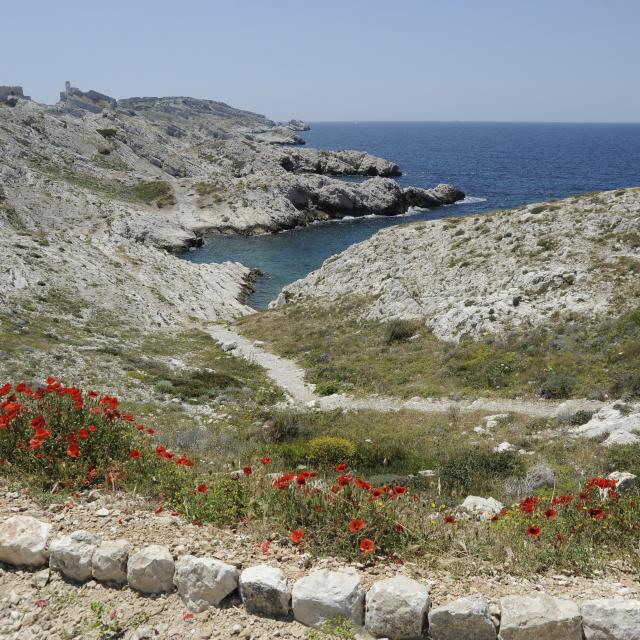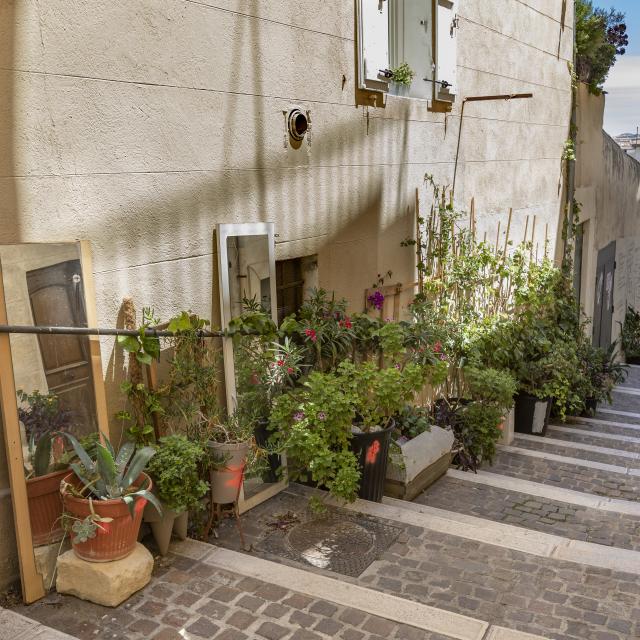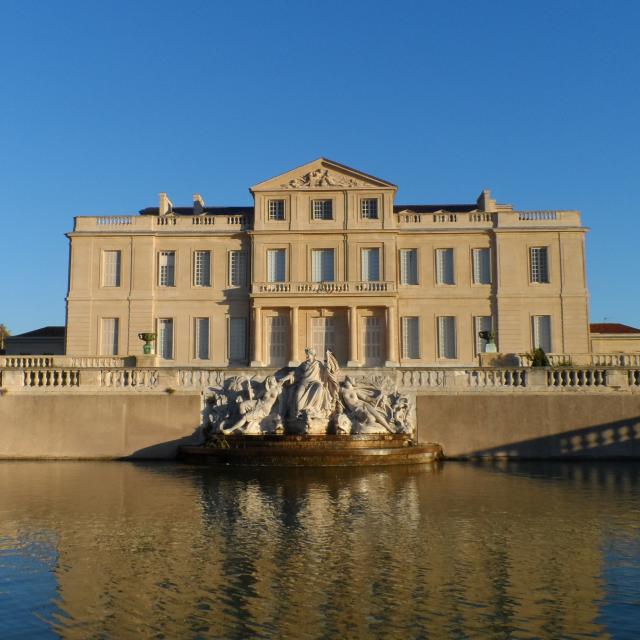A modern building
As part of the ‘Marseille Capitale de la culture européenne’ (Marseille capital of European culture), it took two years for the museum to see the light of day.
To play with the constraints of a museum that isn’t in the city centre, architect Kengo Kuma designed this building to be in perfect symbiosis with the modern décor of the business district.
Dressed in recycled glass scales, the museum is boldly set up as a building in two identifiable bodies: the main body in the south-eastern part connected by footbridges to a tower in the northern part.
Equipped with ” superimposed streets”, four exhibition spaces, a documentation centre and an educational area, the 5757sqm building, houses more than 1000 works by 540 international artists.
For the architect, ” it is a moving and a living museum, in which the works are in permanent mobility and are part of a logic of diffusion and interaction with the public”.
The exterior of the building is particularly neat, thanks to a luminous façade pixelated with non-tinted glass elements, intending to create a custom-made glass of haute-couture fabric, in keeping with the lights of the ‘Cité Phocéenne’.
Its inner working is inspired by the ‘la Cité Radieuse‘ built by Le Corbusier, which offers a fluidity of wandering through voluminous spaces subtly open to the outside. The building’s urban terrace offers an unexpected panorama of the city, but what is most impressive is the aesthetic gesture of the architecture and the facade made of enamelled glass plates. In a minimalist approach, the architect made sure all of the structures of the building were visible by allowing each material to express itself: concrete, steel, glass and light.
After extensive work on the glass, more than thirty different variants and numerous tests were created, 1700 glass panels of 30 millimetres thick. It took four months of delicate and meticulous work to lay the scales like a double skin, orienting them at a particular angle and not parallel to the façade to create interaction and interplay between the environment and the building itself. And like this, the building comes to life.
